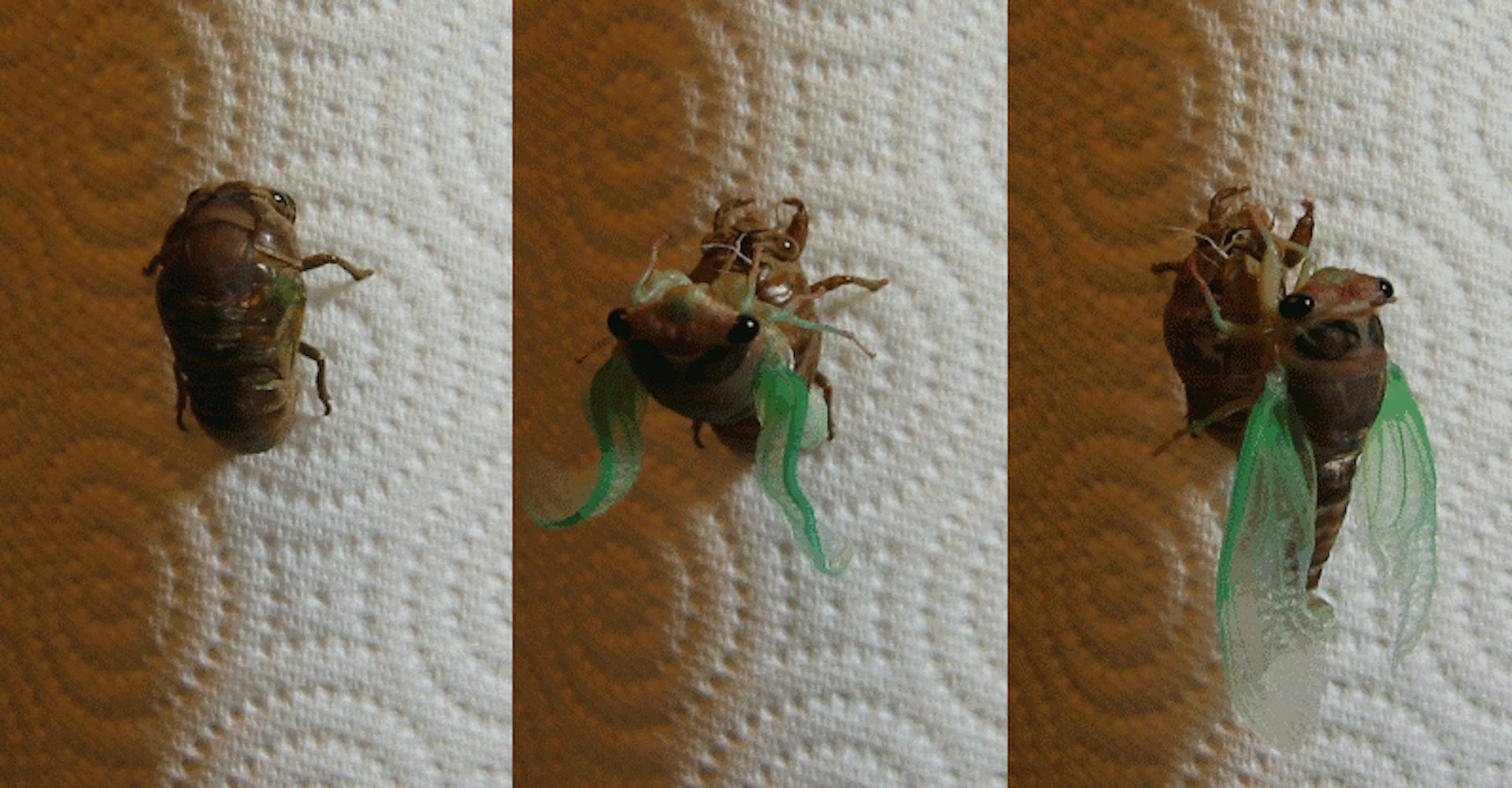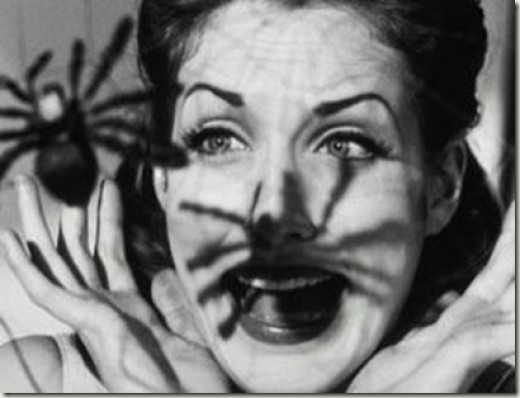
(1992) The role of the amygdala in fear and anxiety. In: Aggleton, J.P., ed., The Amygdala: Neurobiological Aspects of Emotion, Memory, and Mental Dysfunction. (1992) Amygdaloid contributions to conditioned arousal and sensory information processing. Kapp, B.S., Whalen, P.J., Supple, W.F., and Pascoe, J.P. (2004) New vistas on amygdala networks in conditioned fear. (2005) The neuroscience of mammalian associative learning. (2005) Synaptic mechanisms of associative memory in the amygdala. (2008) The functional neuroanatomy of PTSD: a critical review. (2007) Functional neuroimaging of anxiety: a meta-analysis of emotional processing in PTSD, social anxiety disorder, and specific phobia. (2004) Psychobiological mechanisms of resilience and vulnerability: implications for successful adaptation to extreme stress. (2003) Neuroimaging studies of amygdala function in anxiety disorders. Rauch, S.L., Shin, L.M., and Wright, C.I. (2006) Emotion, motivation, and the brain: reflex foundations in animal and human research. (2005) Contributions of the amygdala to emotion processing: from animal models to human behavior. (2002) Mechanisms of Pavlovian fear conditioning: Has the engram been located? Trends Neurosci 25, 436–37 discussion 437–38. (2004) The amygdala modulates the consolidation of memories of emotionally arousing experiences Annu Rev Neurosci 27, 1–28. (2002) Emotion and motivation: The role of the amygdala, ventral striatum, and prefrontal cortex. Annu Rev Neurosci 24, 897–931.Ĭardinal, R.N., Parkinson, J.A., Hall, J., and Everitt, B.J. (2001) Neurobiology of Pavlovian fear conditioning.

(2000) Emotion, plasticity, context, and regulation: perspectives from affective neuroscience. Annu Rev Neurosci 23, 155–84.ĭavidson, R. (1998) What is the amygdala? Trends Neurosci 21, 323–31. (1980) Conditional and unconditional components of postshock freezing. (1980) Conditioned fear assessed by freezing and by the suppression of three different baselines. Oxford, U.K.: Oxford University Press.īouton, M. (1927) Conditioned Reflexes An Investigation of the Physiological Activity of the Cerebral Cortex. (1998) From normal fear to pathological anxiety. (1986) Social Foundations of Thought and Action: A Social Cognitive Theory. (1997) Anxiety and Cognition: A Unified Theory. (1950) Personality and Psychotherapy An Analysis in Terms of Learning, Thinking, and Culture. (1988) Biological bases of childhood shyness. Finally, we address some of the implications of amygdala research for developing novel therapeutic approaches to maladaptive fear and anxiety. We also discuss recent developments in understanding the basic molecular mechanism of fear. In this chapter, we review the microcircuitry of the amygdala with a special emphasis on its relevance to fear processing and fear learning. Recent advances elucidating the organization of the neural circuitry and molecular mechanisms of fear provide new insights in normal as well as pathological fear. Animal and human studies indicate the critical role of the amygdala in adaptive and maladaptive fear. Excessive or uncontrolled fear and anxiety may lead to anxiety disorders.

They involve behavioral, autonomic, and endocrine alterations aimed at increasing an organism's chances of survival. Fear and anxiety are evolutionarily developed responses to perceived or anticipated threat.


 0 kommentar(er)
0 kommentar(er)
